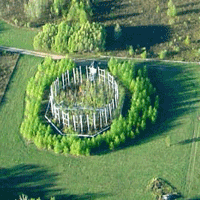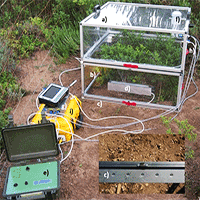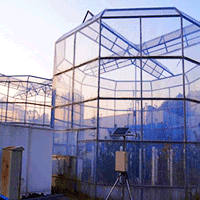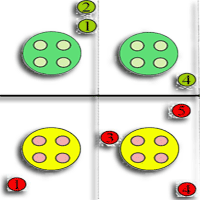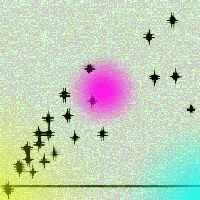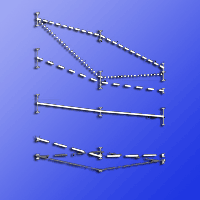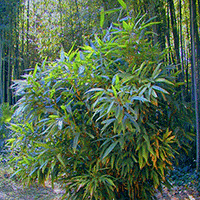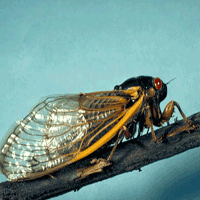
Open top chamber and free air CO2 enrichment - approaches to investigate tree responses to elevated CO2
iForest - Biogeosciences and Forestry, Volume 3, Issue 4, Pages 102-105 (2010)
doi: https://doi.org/10.3832/ifor0544-003
Published: Jul 15, 2010 - Copyright © 2010 SISEF
Review Papers
Collection/Special Issue: NFZ Summer School 2009 - Birmensdorf (Switzerland)
Long-term ecosystem research: understanding the present to shape the future
Guest Editors: Marcus Schaub (WSL, Switzerland)
Abstract
Open Top Chamber (OTC) and Free Air CO2 Enrichment (FACE) are currently the prevailing approaches to study plant responses to elevated carbon dioxide. Method-inherent characteristics of either method distinctively influence results. Advantages and disadvantages of both methods are reviewed here, leading to the conclusion that Open Top Chambers seem to be more suitable for investigating the physiological responses of single trees to high levels of carbon dioxide, while Free Air CO2 Enrichment systems are more useful for studying the effects of elevated carbon dioxide on whole forest ecosystems since they have a large diameter, thus allowing to work with larger trees. Free Air CO2 Enrichment systems also provide a natural microclimate, thus leading to ecologically more meaningful results. Methods involving Screen-Aided CO2 Control (SACC) are proposed as a compromise eliminating disadvantages and combining advantages of both the Open Top Chamber and the Free Air CO2 Enrichment methods. Considering the wide variety of experiments under a range of additional environmental factors it is difficult to identify a typical bias that may be inherent in the data generated by the Open Top Chamber and the Free Air CO2 Enrichment. Meta analysis of large number of past studies revealed that Open Top Chamber experiments produce a stronger growth enhancing effect of carbon dioxide than Free Air CO2 Enrichment experiments. Future comparative discussion of Open Top Chamber and Free Air CO2 Enrichment data needs to take into account this potential bias to yield biologically meaningful interpretations.
Keywords
Open Top Chamber (OTC), Free Air CO2 Enrichment (FACE), Tree response to elevated CO2, Screen-Aided CO2 Control, Chamber effect, Experimental bias, Elevated CO2 treatment
Authors’ Info
Authors’ address
Chair of Tree Physiology, Institute of Forest Botany and Tree Physiology, Albert-Ludwigs-Universität Freiburg, Georges-Köhler Allee, Geb. 53/54, D-79085 Freiburg (Germany)
Corresponding author
Paper Info
Citation
Macháčová K (2010). Open top chamber and free air CO2 enrichment - approaches to investigate tree responses to elevated CO2. iForest 3: 102-105. - doi: 10.3832/ifor0544-003
Paper history
Received: May 25, 2010
Accepted: May 31, 2010
First online: Jul 15, 2010
Publication Date: Jul 15, 2010
Publication Time: 1.50 months
Copyright Information
© SISEF - The Italian Society of Silviculture and Forest Ecology 2010
Open Access
This article is distributed under the terms of the Creative Commons Attribution-Non Commercial 4.0 International (https://creativecommons.org/licenses/by-nc/4.0/), which permits unrestricted use, distribution, and reproduction in any medium, provided you give appropriate credit to the original author(s) and the source, provide a link to the Creative Commons license, and indicate if changes were made.
Web Metrics
Breakdown by View Type
Article Usage
Total Article Views: 68212
(from publication date up to now)
Breakdown by View Type
HTML Page Views: 56154
Abstract Page Views: 4324
PDF Downloads: 6680
Citation/Reference Downloads: 44
XML Downloads: 1010
Web Metrics
Days since publication: 5650
Overall contacts: 68212
Avg. contacts per week: 84.51
Citation Metrics
Article Citations
Article citations are based on data periodically collected from the Clarivate Web of Science web site
(last update: Mar 2025)
Total number of cites (since 2010): 21
Average cites per year: 1.31
Publication Metrics
by Dimensions ©
Articles citing this article
List of the papers citing this article based on CrossRef Cited-by.
References
Couplings between changes in the climate system and biogeochemistry. In: “Climate Change 2007: The Physical Science Basis. Contribution of Working Group I to the Fourth Assessment Report of the Intergovernmental Panel on Climate Change” (Solomon S, Qin D, Manning M, Chen Z, Marquis M, Averyt KB, Tignor M, Miller HL eds). Cambridge University Press, Cambridge, UK and New York, NY, USA, pp. 511-539.
Gscholar
Wälder, die der Gesellschaft nutzen. In: “Wie steht`s um unseren Wald?” (Graf Pannatier E ed). Haupt, Bern, Switzerland, pp. 13-30.
Gscholar
FACE systems for studying the impacts of greenhouse gases on forest ecosystems. In: “The impact of carbon dioxide and other greenhouse gases on forest ecosystems” (Karnosky DF, Ceulemans R, ScarasciaMugnozza GE, Innes JL eds). CABI Publishing, Oxon, UK, pp. 310-311.
Gscholar
Carbon dioxide enrichment technologies for crop response studies. Journal of Scientific and Industrial Research 65: 859-866.
Gscholar
Monitoring and controlling of CO2 concentrations in open top chambers for better understanding of plants response to elevated CO2 levels. Indian Journal of Radio and Space Physics 35: 193-197.
Gscholar

